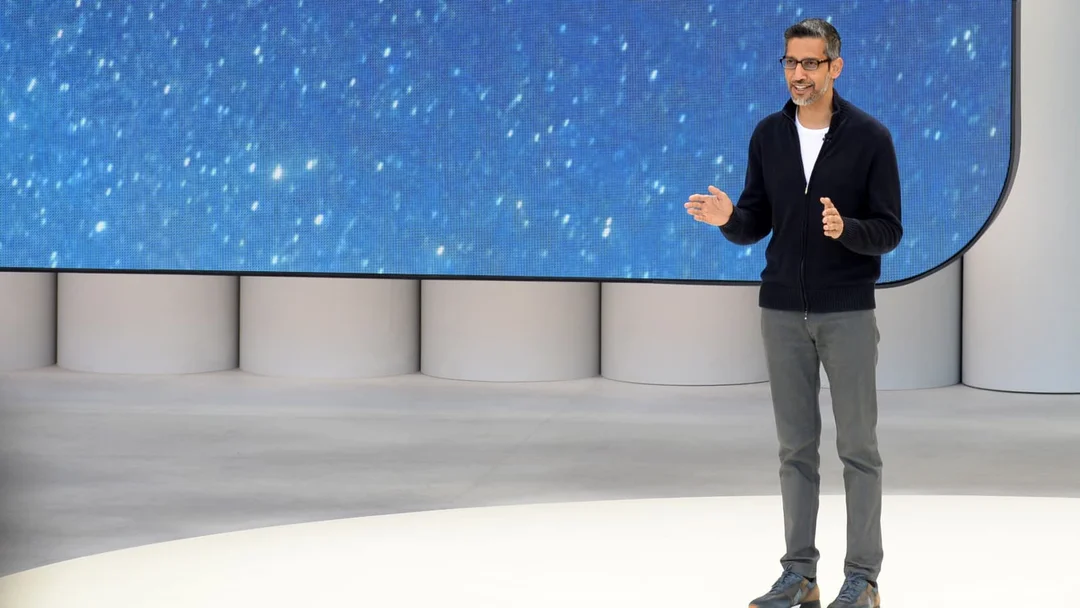
Google Unveils Veo 3: AI Video Generation Reaches New Heights with Integrated Audio and ‘Flow’ Filmmaking Tool
Google is making waves in the AI video generation space with the introduction of Veo 3, a state-of-the-art model capable of creating videos with integrated audio. This groundbreaking technology directly challenges OpenAI's Sora, setting a new benchmark for realism, control, and creative possibilities in AI-generated content.
Veo 3 isn't just about visuals; it's about creating a complete sensory experience. According to Google DeepMind product vice president Eli Collins, it excels in "text and image prompting to real-world physics and accurate lip syncing." One of its key differentiators is its ability to incorporate audio, including dialogues and animal sounds, making videos more immersive and realistic.

This new AI powerhouse utilizes key research and engineering contributions from dozens of researchers and engineers and is available to U.S. subscribers of Google's new $249.99 per month Ultra subscription plan, targeted at hardcore AI enthusiasts, and will also be available for users of Google's Vertex AI enterprise platform.

But Google didn't stop there. They also announced Imagen 4, an upgraded image-generation tool, and a novel filmmaking tool called Flow. Think of Flow as film editing software but for AI-generated content, making it easier to stitch together clips and realize creative visions quickly. Thomas Iljic, a product manager at Google Labs, demonstrated how Flow allows users to specify locations, shots, and styles to create cinematic videos.

Veo 2 also receives an update, offering users tools like improved camera controls and object removal using simple text prompts. Furthermore, Google opened its Lyria 2 music-generation model to creators through YouTube Shorts and businesses on Vertex AI. These updates demonstrate Google's commitment to putting powerful AI tools in the hands of creators, making the content creation process more accessible and streamlined.

The company is acutely aware of past missteps. Following issues with its AI image generator the previous year wherein its Imagen 3 tool had a mishap and provided surfaced historically inaccurate results to users' prompts, co-founder Sergey Brin cited a lack of "thorough testing" as the culprit. These past incidents make Google even more committed to ensuring its products are held to the highest standards.
Google's latest releases signify a bold step toward the future of AI-driven content creation. By integrating audio into video generation and simplifying the filmmaking process with tools like Flow, Google is empowering creators to unlock new levels of artistic expression.
What are your thoughts on Google's new AI tools? Do you see them replacing traditional filmmaking techniques, or will they serve as a complementary tool for creators? Share your opinions in the comments below!